M1 2022 - 2023 studio descriptions
Constructing the Pluriverse
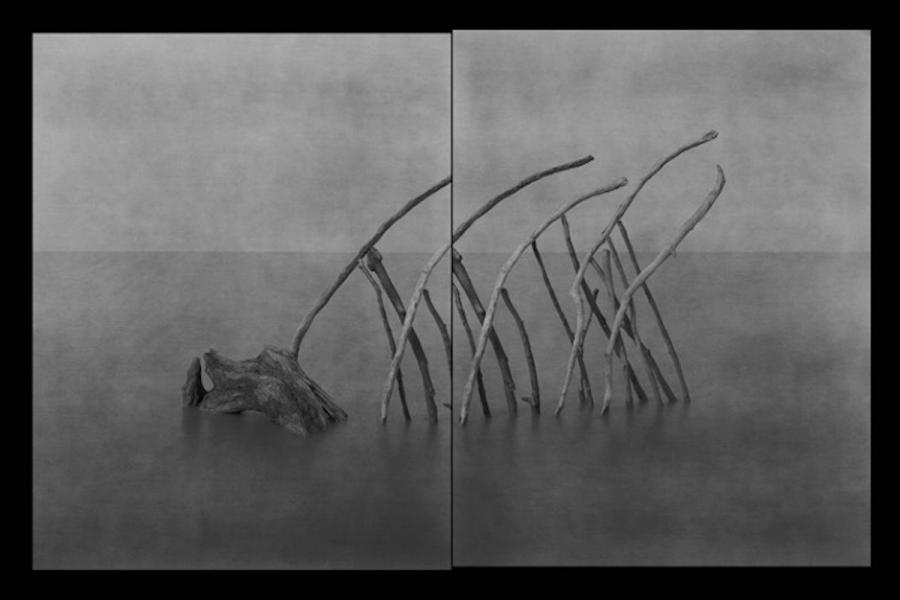
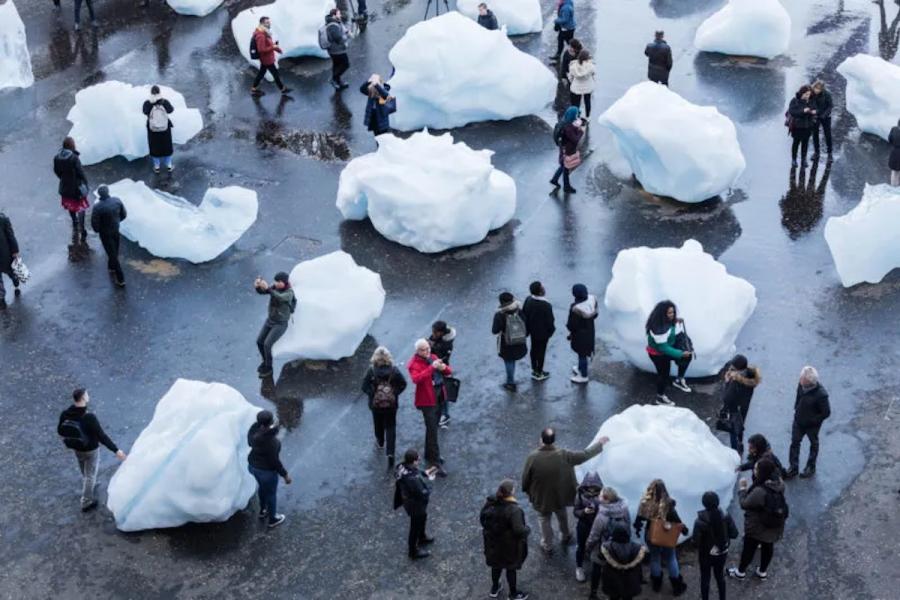
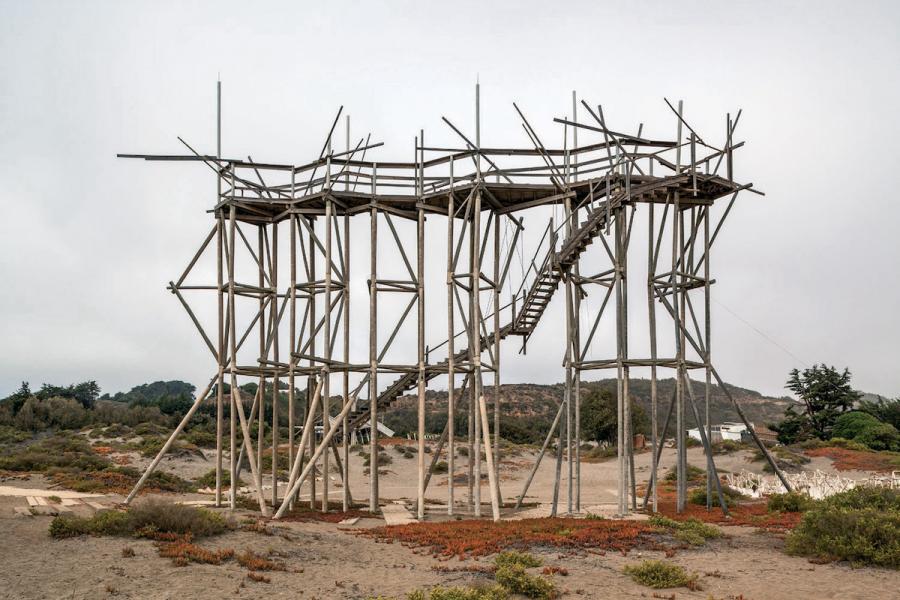
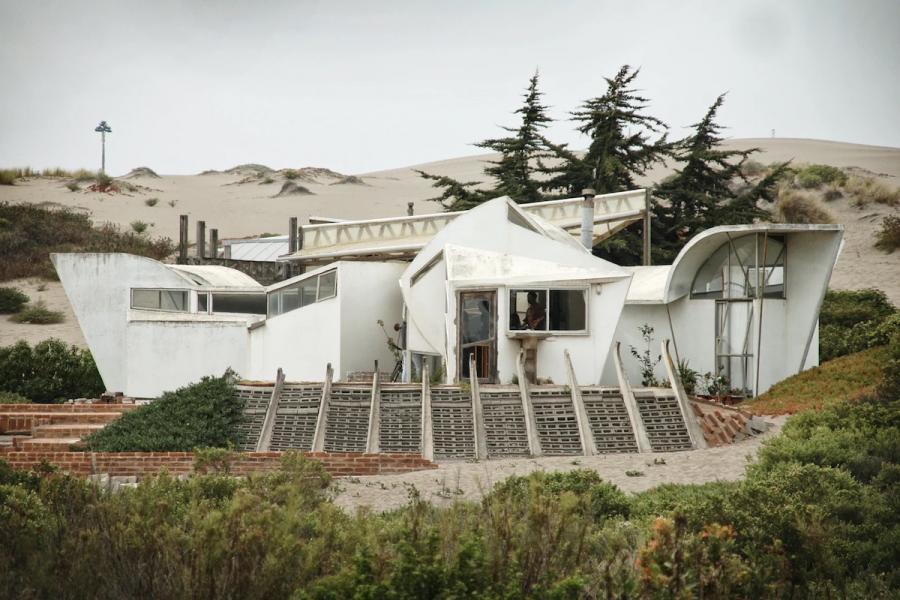
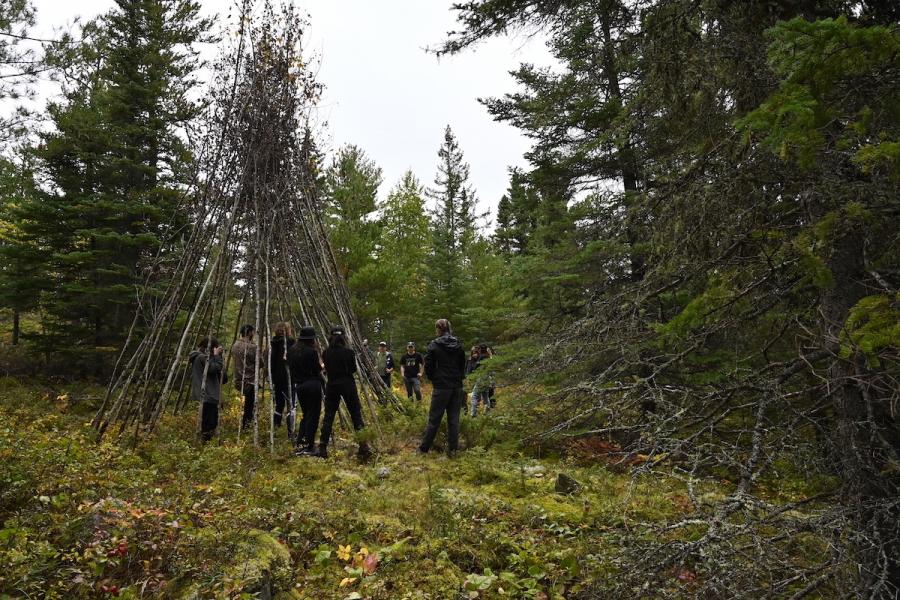
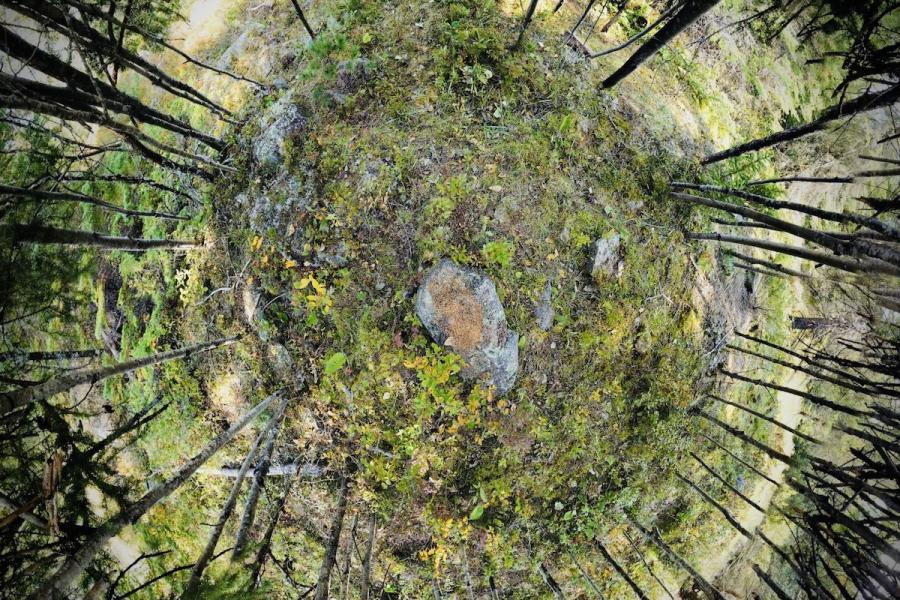
Learn more about Constructing the Pluriverse
Pluriverse: A pluralistic universe underway and yet to be made, one and many, ongoing and unfinished (1).
"Trivially speaking, ecological awareness means realizing that beings are interconnected in some way, but then we have to figure out what this interconnection actually means." Timothy Morton, Being Ecological.
The decolonial movement reinforces the notion of pluriversality and delivers an alternate narrative to the assumption that we all live within a "one-world world" (2). This assumption is supported by Martin Savransky, who declares that it is not just our story but an assembly of infinite and eternal stories (3). Euromodernities' pursuit of a "rational" world comes at the expense of the experience, values, and knowledge of those on the receiving ends of its imperialist considerations (4). Arturo Escobar considers that the "one-world world" perspective has led to patriarchal modernity, accentuating creation through destruction (5). Scholars say that modernism took away the ability for communities (this, that and them) to be unique and created arrangements not relevant to the life world. Anthropocentric justifications facilitated the mechanistic mindset to take over, driving a narrative that doesn't fully understand the intertwining of the other worlds. Now, we find ourselves in an ecological crisis.
Escobar supports the idea that the crisis we face is thus a crisis of the culture of reason or what the dominant culture has made of reason (6). This design studio will seek an alternative paradigm that offsets the idea of a "one-world world." We will be speculatively situated in the "and" connecting "one" and "many" through enactment, untangling the frictions of capitalism, colonialism, and extractivism (7). We will examine how Indigenous knowledge and decolonial processes empower the poetics of experimentation through artful making, uncovering how architecture can emerge through relationships with other worlds.
As part of the required comprehensive design studio, M1 students will develop programs that locate themselves through individual and collective inquiries. The studio's ambitions are to be inspired, make mistakes, fantasize, and design futures to have a future through a search for narratives that make possibilities for something else.
To support our inquiries, we will make two stops. First, we will visit the "Forest School" near Longbow Lake, Ontario and design a small installation. Finally, we will travel to Ciudad Abierta ('Open City') just outside Viña del Mar on the coast of Chile, where a group of people dreamed of an alternative community by creating radically innovative architecture. The visit to Chile is optional; alternative experiences will be discussed and calmed for those students who wish not to travel.
Now that the topic has been characterized, it is time to be excited, hopeful, and believe that we can make the evolution needed by emphasizing and trusting each of your offerings.
1. Savransky, Martin. Around the Day in Eighty Worlds: Politics of the Pluriverse. Durham: Duke University Press, 2021, 4.
2. Escobar, Arturo. Designs for the Pluriverse: Radical Interdependence, Autonomy, and the Making of Worlds. Durham: Duke University Press, 2018, 101.
3. Savransky, Martin. Around the Day in Eighty Worlds: Politics of the Pluriverse. Durham: Duke University Press, 2021, 1.
4. Ibid, 6.
5. Escobar, Arturo. Designs for the Pluriverse: Radical Interdependence, Autonomy, and the Making of Worlds. Durham: Duke University Press, 2018, 85.
6. Ibid, 80.
7. Savransky, Martin. Around the Day in Eighty Worlds: Politics of the Pluriverse. Durham: Duke University Press, 2021, 4.
Studio Tempo
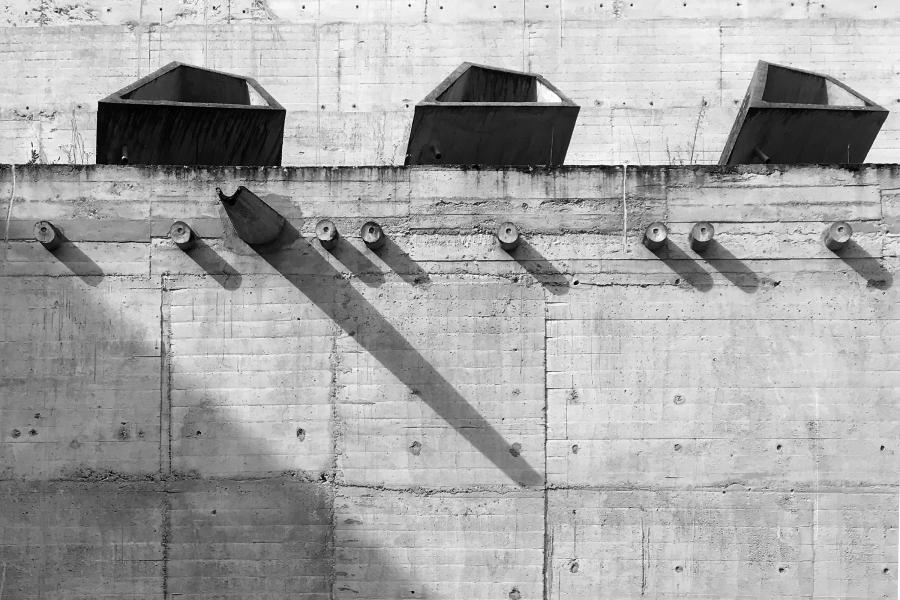
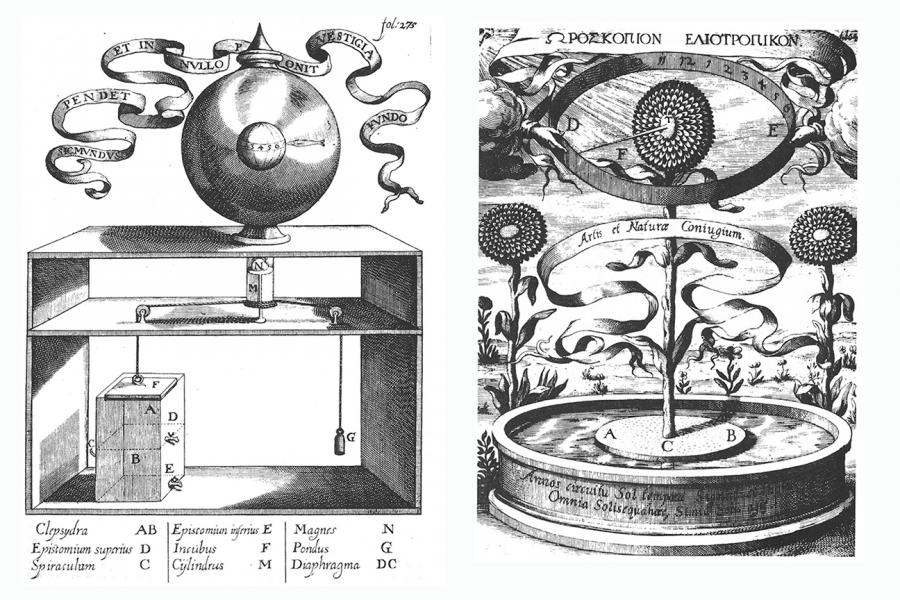

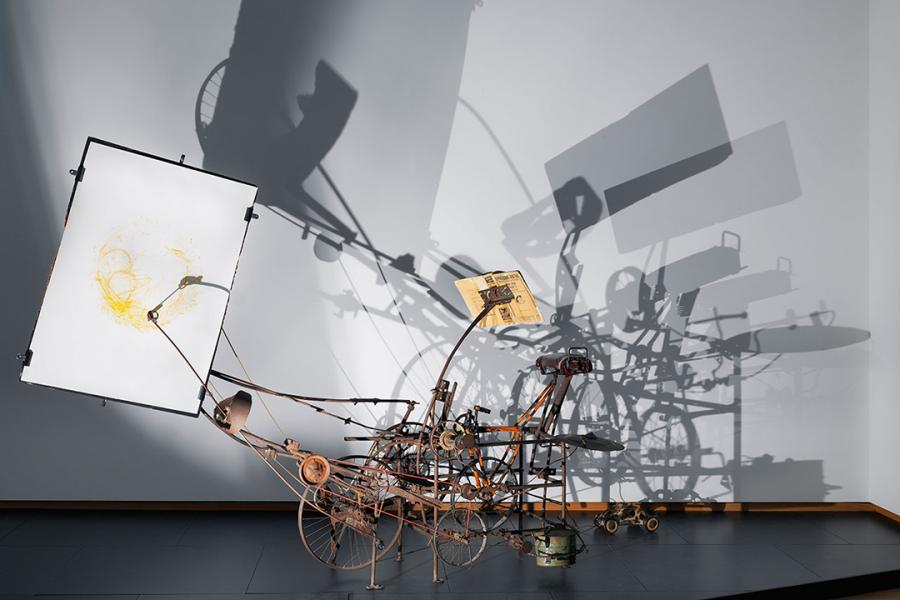
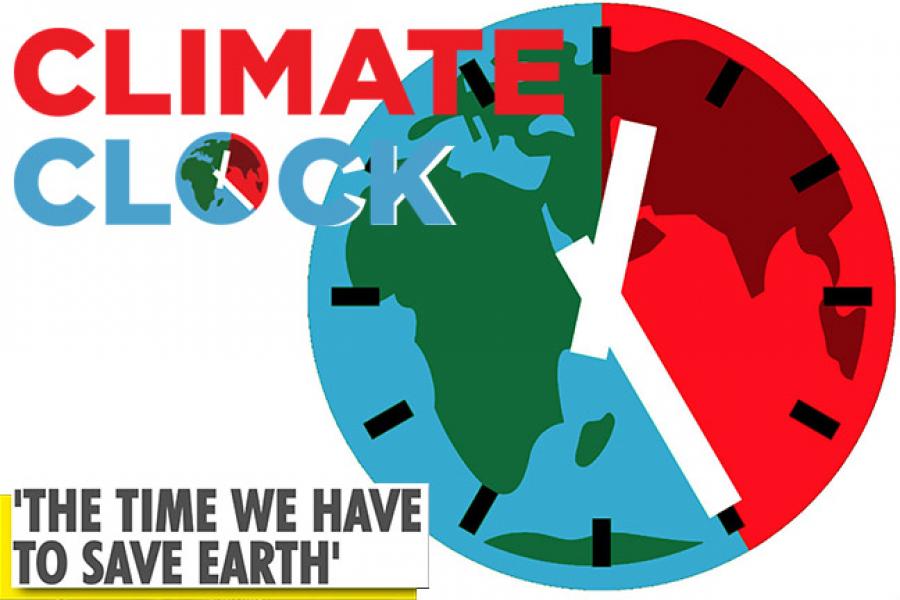
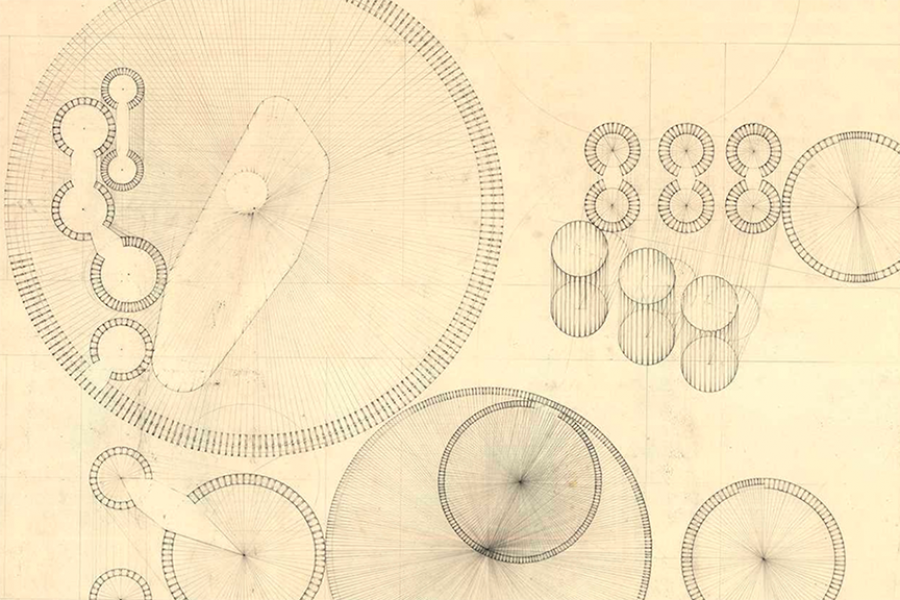
Learn more about Studio Tempo
Studio Tempo – it’s about time!
“All eternity is in the moment.”
— Mary Oliver
“Forever is composed of Nows—‘Tis not a different time.”
— Emily Dickenson
“Buildings are a lot like clocks. In many ancient cultures they were public time pieces…
The time of the world also makes buildings into calendars of environmental change…
Architectural reality appears in time.”
— David Leatherbarrow
Architecture makes space, but it also makes space for time – embodying multiple temporalities, tempos and timings. We inhabit not one time, but many times and polychronic rhythms. The present is a palimpsest of memories and anticipations; pacings and pauses; dynamic histories, open futures and myriad urgencies of now. How does architecture participate in all these converging and diverging temporalities? What roles does architecture play in personal and collective experiences of time? In what ways does architecture perform as a time-piece – and as a piece of time?
Studio Tempo will consider architecture as an art of framing meaningful durations, animating life’s most intimate moments and expansive occasions – its prosaic and poetic episodes of morning time and evening time; time apart and time together; meal-times, play-times and past-times; up-times and down-times. Students will explore how architecture engages different scales of time: from fast and fleeting instants to slow sustaining intervals; from regular durations of days, weeks, seasons, solstices and epochs; to even more magical meta-measures and syncopations.
We will consider how architecture participates in rhythms and pulses of life – in micro and macro cycles that propel personal, social and planetary times – like idiosyncrasies of internal clocks, urban beats, cultural calendars, natural cycles, and cosmic clockworks. We will investigate how architecture helps us keep time by its relative permanence and persistence over decades, generations, and centuries – making past and changing times ever-present, yet never static. And we’ll explore temporary and temporal architectures, ephemerality and endurance.
Studio Tempo will begin by building experimental ‘Time Machines’ with ‘Waiting Rooms,’ and by generating playful pace-makers and collective corporeal metronomes. Work will be powered by students’ personal fascinations and timely (and untimely) topics of common concern, together with readings in science-fiction and pataphysics; studies of hourglasses, gnomons, sun clocks, water clocks, and other mechanical-ecological timepieces; and explorations of architectural settings and processes that not only keep time, but stretch, shrink, accentuate, accelerate, deepen, warp and wrinkle time (and space) in exemplary and surprising ways.
Making haste slowly, Studio Tempo will move quickly to seize fleeting opportunities, while indulging in perennial pleasures of dallying and delay. Ultimately, students in this comprehensive studio will design projects with timely and timeless qualities – places where people will spend quality time.
In the fall, Studio Tempo will take a time-out for time travel to New York City and Times Square (originally part of the Native American Wickquasgeck Trail), where we’ll visit architectural practices and various music and musing venues advancing studio themes. We’ll draw inspiration from an array of sources, including David Leatherbarrow’s Building Time; Gaston Bachelard’s Intuition of the Instant; End of the West’s In Time; Milan Kundera’s Slowness; Italo Calvino’s Quickness; and Alfred Jarry’s How to Construct a Time Machine.
It’s time for Studio Tempo!
Questions?
Contact Lisa and Ted.
Entre Chien et Loup
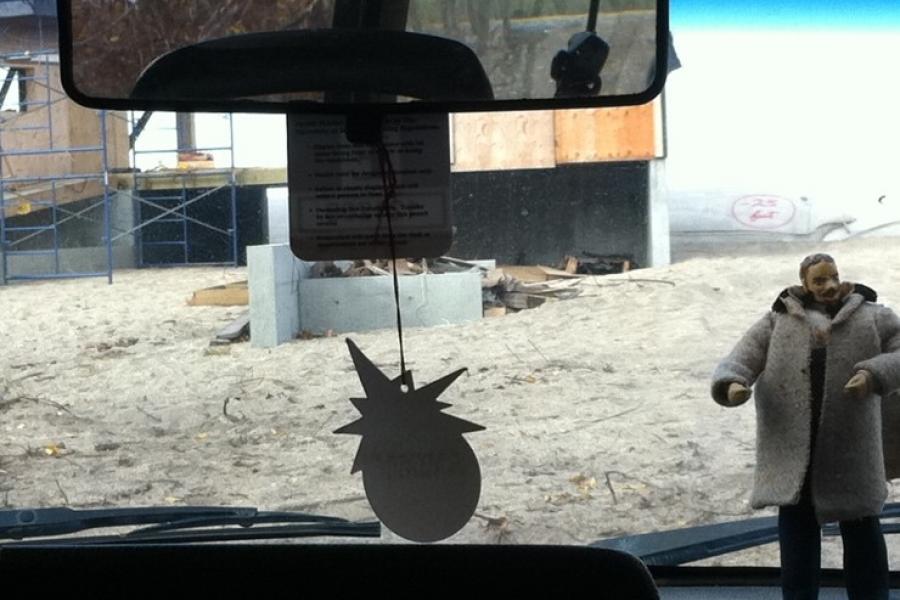
Learn more about Entre Chien et Loup
Is it possible to extend that short moment of twilight at dawn or dusk? How can those qualities be embodied in architecture. ‘Between a dog and a wolf’ is an idiom for twilight, the time of day when there is this ambiguity. When everything could potentially be something else. Is it a dog or wolf? Twilight offers the potential to escape a familiarity. When things are known, at least to some, they are mostly dead; the always known holds static meaning. Can one deliberately create an architecture that is against knowing? There are many clever formal architectural manipulations that masquerade as uncertain but are only momentarily uncertain, most often formal not phenomenal. It should be noted that dusk is also well suited for spying. In this proposed attempt to make meaningful architecture, the focus on reception will demand a bodily reception.
In the studio, students will design and build a chair, design a room for themselves, or a specific individual either fictive or real, and then apply this into a larger comprehensive hybrid project that will include housing and other selected programs. Minuk studio this year will focus on a student’s ability to develop their own attitudes and articulate their own beliefs about architecture in studio work. It will need to transcend beyond your actual studio work into the larger cultural realm. What are your five favorite buildings, books, houses, chairs, paintings, cheeses, bands ... You should be able to name these. Not holding down a fixed roster of choices but a base from which to constantly assess and reassess and understand your own taste. Students will expose attitudes through doing and making and assessing, not the safe and endorsed opinions told by the master or style god that tell us what we should like.
PROJECTS: FRAME [Chair | Table | Stand | Armature]
ROOM [Kitchen | Study | Shop]
HYBRID BUILDING
FIELD RESEARCH: Veneto ITALY: Scarpa, Gian Carlo di Carlo, films and writings Antonioni, Catteneo, Palladio, Film Scenography, Progress Group Factory
COST: Airfare to Venice + $150 x 7 days Food | Room | Admissions | Car paid by CPCI
3 BIASES:
1. sites have a poetic relationship to architecture
2. material qualities have meaning for architecture
3. architecture is understood in the phenomenal realm
Canadian Precast Concrete Institute [CPCI] sponsored studio.
Guatemala Studio
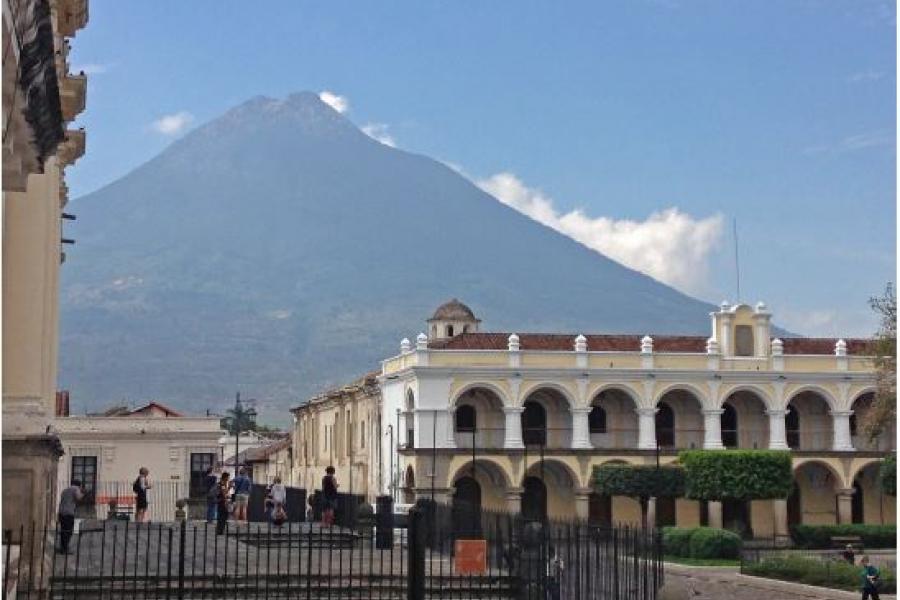
Learn more about Guatemala Studio
Professor Dipl.-Ing. Ralph Stern MAA, RA
Office Hours: Wednesday 1:00 – 4:30 or by arrangement
Ralph Stern is a registered architect in Manitoba and New York, where he worked for a Pritzker Prize winning firm. He has taught architectural design and/or history/theory at the Technical University Berlin, the University of the Arts Berlin, Columbia University, Yale University, M.I.T., the Cities Program at the London School of Economics, and the University of Washington among other institutions. He has hosted various international exchange programs and is responsible for initiating the current architecture exchange programs in the Faculty of Architecture with the Technical University Munich, KU Leuven (Belgium), and Liverpool University. His work has been exhibited and published internationally.
Mackenzie Skoczylas B.Env.D / M.Arch (International Indigenous Design Advisor)
Mackenzie Skoczylas is an Indigenous designer as well as a graduate of the Master of Architecture Program from the University of Manitoba and current professional working in Winnipeg, Manitoba. She is dedicated to exploring how architecture can work towards reconciliation and create spaces of recognition and healing while investigating topics of environmental impacts and sustainable futures. Professionally Mackenzie works with communities in Manitoba and Ontario on a variety of Indigenous projects. Her commitment to continuous learning and play have been exhibited; most recently being “de-colonizing the company, 2022” at Storefront MB’s “Of All Possible Futures” during the 2022 Winnipeg Design Festival.
Project and Project Location
Industrial Site Revitalization in central Guatemala City // various program possibilities // Field Trip in October !!
Project Partner
Universidad Rafael Landivar
Themes and Emphasis
This is primarily, although not exclusively, a Studio addressing Indigenous issues in an urban context. The history of the Maya in relation to world view, conquest, colonization, post-colonial mechanisms of exploitation and repression, and measures taken for Truth and Reconciliation will be examined through the research undertaken during the first part of the Studio. Pertinent architectural case studies will be undertaken. Regarding the project, addressing a range of issues will be required. For example: the history of the site, infrastructure (transportation linkages, green networks, etc.), scalar range (urban, landscape, architectural, interior), appropriate structural and material systems, the complex legacy of conquest, colonization, and the conflict of the 1960s-90s, future prospects impacted by climate change.
Emphasis will be placed on a comprehensive approach to, and understanding of, built intervention in historically and culturally significant urban areas. A scalar range in design from the urban to detail is expected, as is the ability to develop a ‘program’ appropriate for the site. The notion of “scale” can itself be used as a thematic framework for interrogating the various physical, social, and cultural forces at play. What isn’t an option are smallscale interventions. During the first semester we will be working collaboratively with our partner institution.
Pedagogical Objectives
You will learn to work in teams in which you will need to cooperate, synthesize and integrate a series of perspectives on the issues at hand. As such, this serves to simulate more accurately the comprehensive working environment of professional designers. You will also have an opportunity to develop an individual project within the broader framework provided by the teamwork. These projects should reflect your own area of disciplinary skill and expertise.
